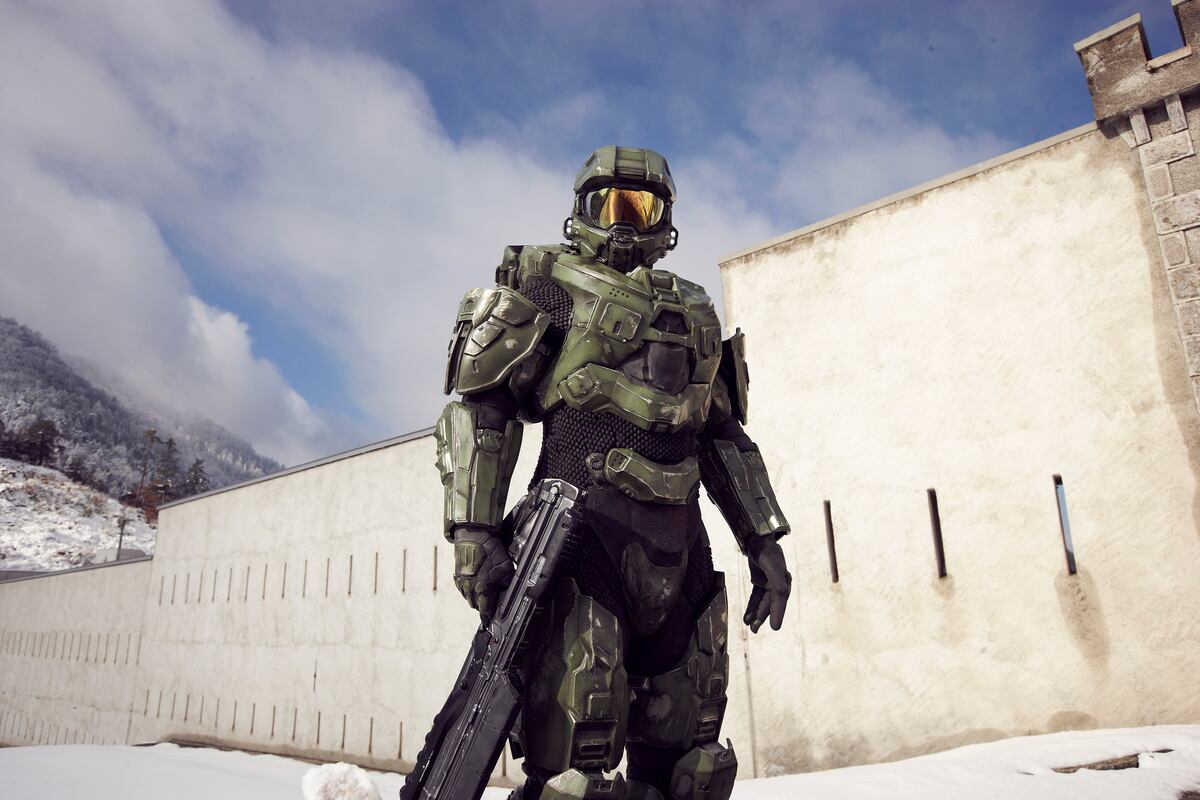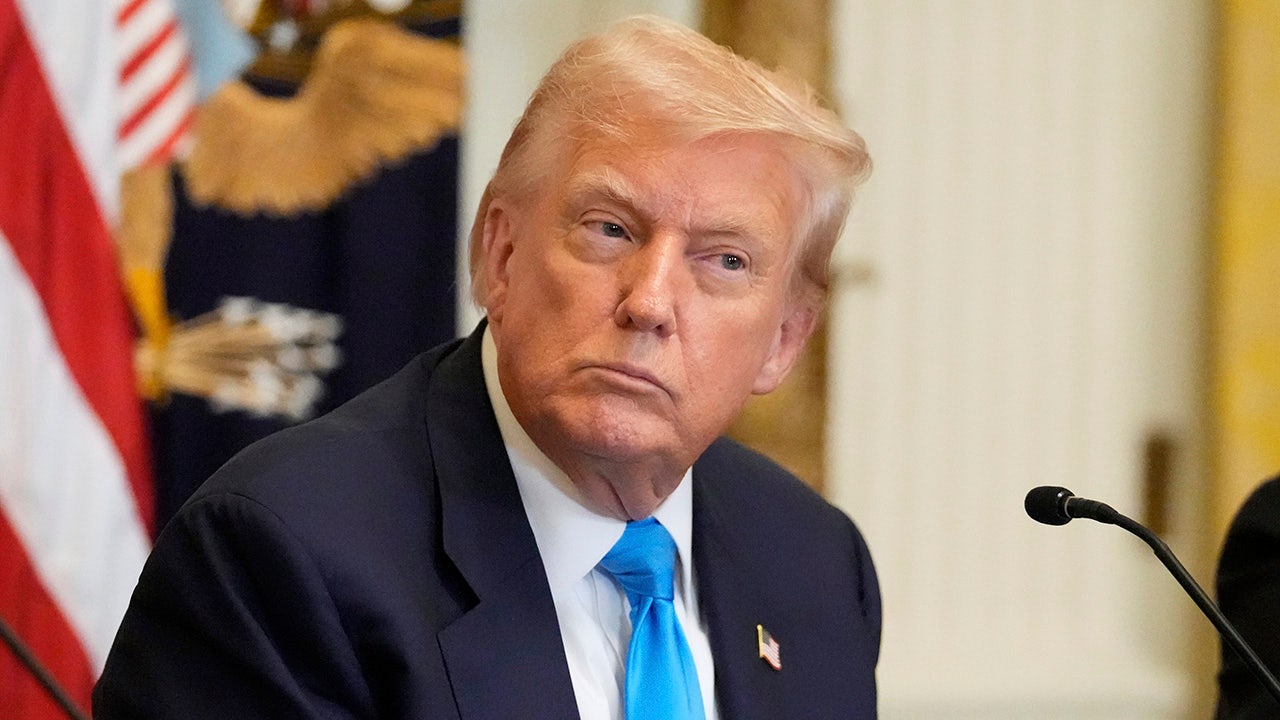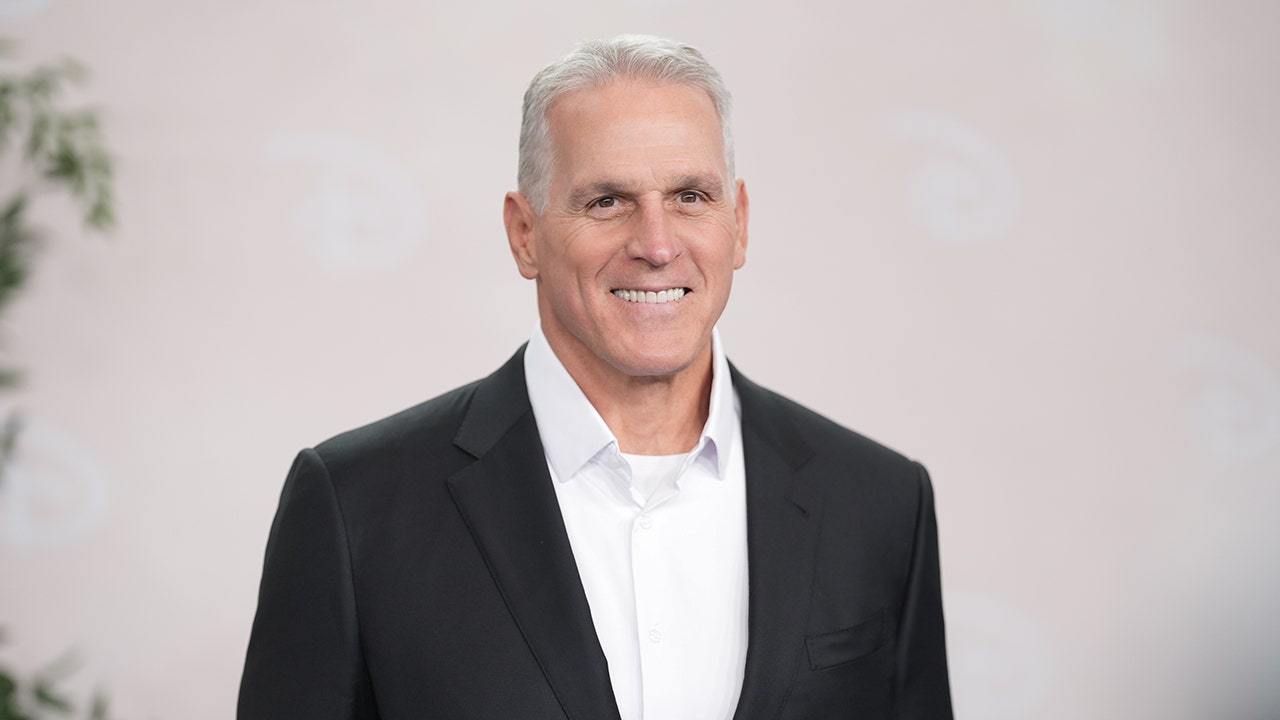Why Master Chief shunned the red tape of realistic military promotions

In the annals of military science fiction, few figures loom as large as Master Chief Petty Officer John-117, the stoic protagonist of the Halo franchise.
Clad in Mjolnir armor and wielding an arsenal of futuristic weaponry, Master Chief has single-handedly turned the tide of interstellar wars, faced down alien armadas and become a symbol of unwavering duty.
Yet despite his legendary exploits, his rank has remained static: Master Chief Petty Officer.
In the real-world U.S. military, such a scenario would be implausible, if not outright impossible.
Master Chief’s promotion history is as unconventional as his missions. At the age of 15, during the events of Halo: Silent Storm, John-117 received a rare three-rank promotion from petty officer first class directly to master chief petty officer, a leap that would be virtually unheard of in any real military hierarchy. This rapid ascent was granted by Col. Marmon Crowther, who recognized John’s exceptional leadership and combat prowess.
However, since that meteoric rise, Master Chief’s rank has remained unchanged. Despite decades of service, countless successful missions and a reputation that precedes him across galaxies, he has neither sought nor received further promotion. In the U.S. military, such stagnation would raise eyebrows.
Across the armed services, promotions are governed by a combination of time in service, time in grade, performance evaluations and the accumulation of promotion points.
For enlisted personnel, especially those aspiring to senior non-commissioned officer ranks, the path is structured and requires consistent demonstration of leadership, professional development and oftentimes educational achievements.
For instance, advancing from sergeant first class to master sergeant involves years of service, completion of requisite professional military education courses, exemplary performance evaluations and a competitive selection process.
Stagnation at a single rank, especially for someone with Master Chief’s tenure and accomplishments, would be atypical.
Within the Halo universe, Master Chief’s decision to remain at his current rank appears intentional. According to Halo lore, he was offered a commission, potentially elevating him to officer status, but he declined. The rationale was straightforward: he preferred to remain in the field, leading from the front, rather than transitioning to a desk-bound role that higher ranks often entail.
This choice underscores a fundamental difference between fictional and real-world military structures. While the U.S. military values and rewards frontline leadership, it also emphasizes the importance of broadening experiences, including staff assignments and higher education, as prerequisites for advancement.
In the military, rank is more than a title; it signifies authority, responsibility and the scope of one’s duties. Higher ranks often come with increased administrative responsibilities, strategic planning roles and less direct involvement in frontline operations. By choosing to remain a Master Chief Petty Officer, John-117 ensures his continued presence on the battlefield, directly influencing outcomes through personal action rather than overarching strategy.
However, prolonged tenure at a single rank without progression in the U.S. military could hinder operational effectiveness. Leadership development is a cornerstone of military readiness, and the system is designed to cultivate leaders who can operate at various levels of command and staff positions.
Master Chief’s enduring rank serves a narrative purpose within the Halo series. It maintains his identity as the quintessential soldier, always at the forefront of conflict, embodying the virtues of courage, resilience and selflessness. His static rank allows players and fans to connect with a consistent character, unburdened by the complexities of military bureaucracy.
In contrast, real-world military careers are dynamic, with progression reflecting both individual merit and institutional needs. While a soldier choosing to remain at a particular rank for personal or professional reasons is conceivable, it would be the exception rather than the norm.
Master Chief’s unchanging rank is a testament to his character’s design: a symbol of unwavering dedication and frontline leadership.
In the structured environment of the U.S. military, such a career path would be highly unusual, if not untenable. While his fictional exploits inspire admiration, they also highlight the differences between storytelling and operational realities.
Observation Post is the Military Times one-stop shop for all things off-duty. Stories may reflect author observations.
Read the full article here









